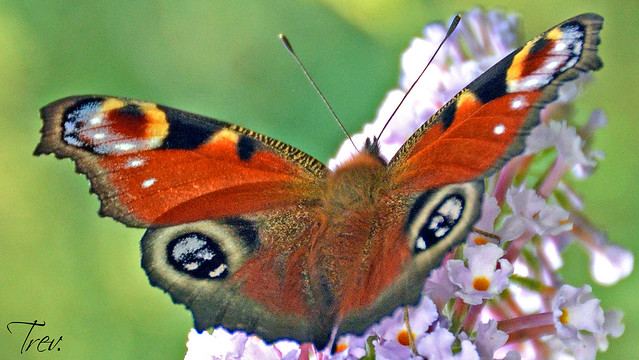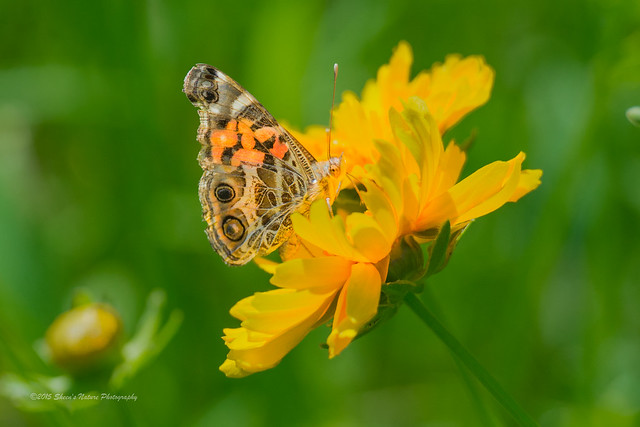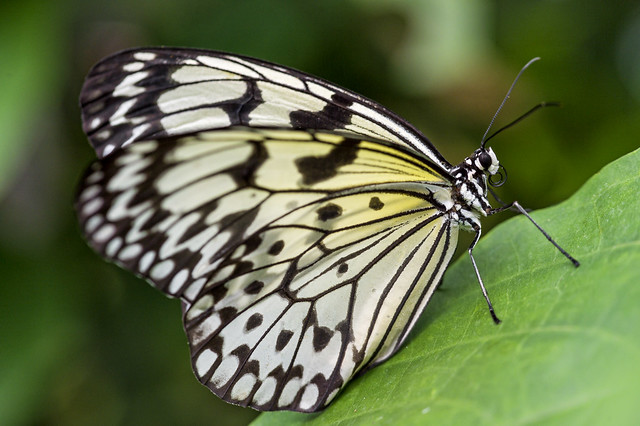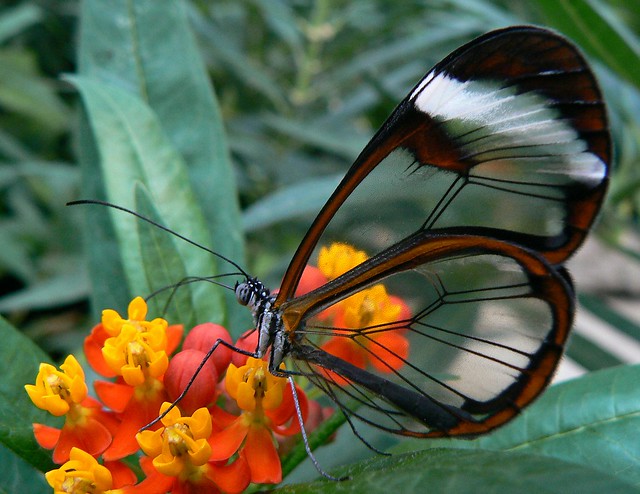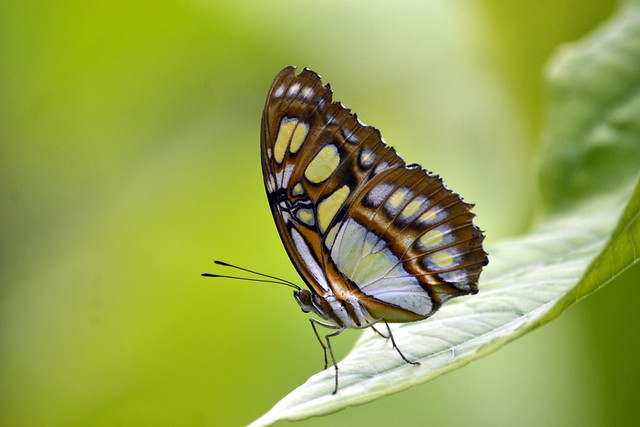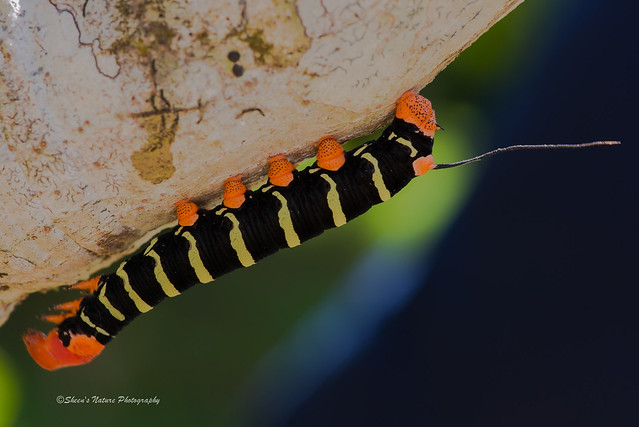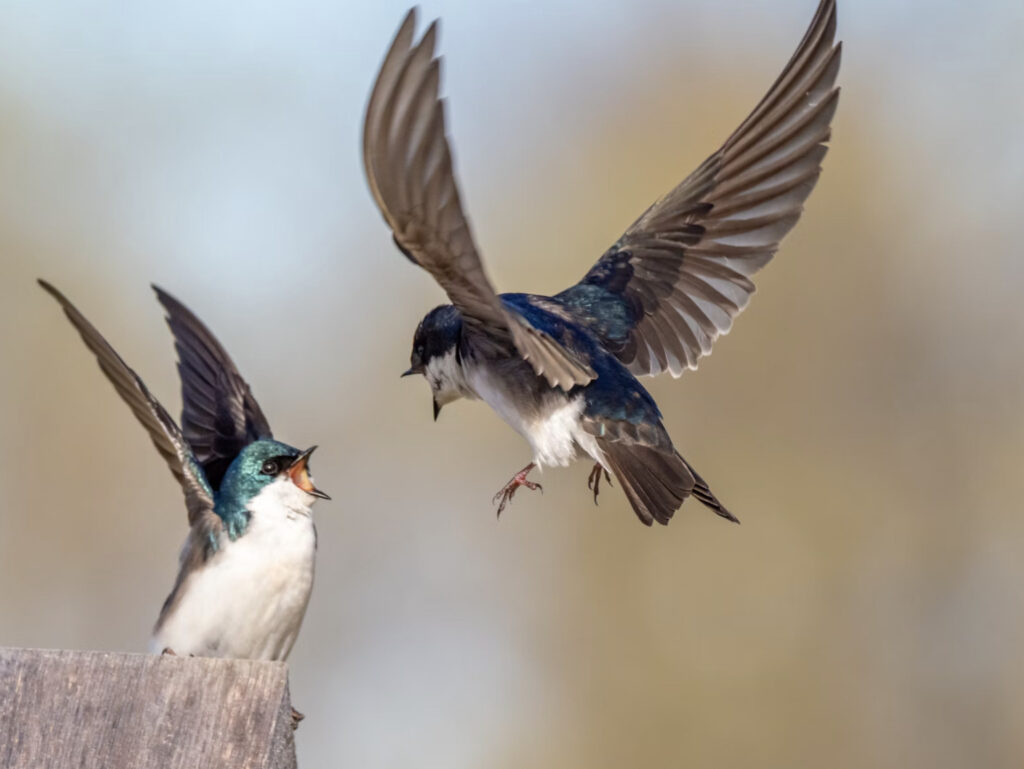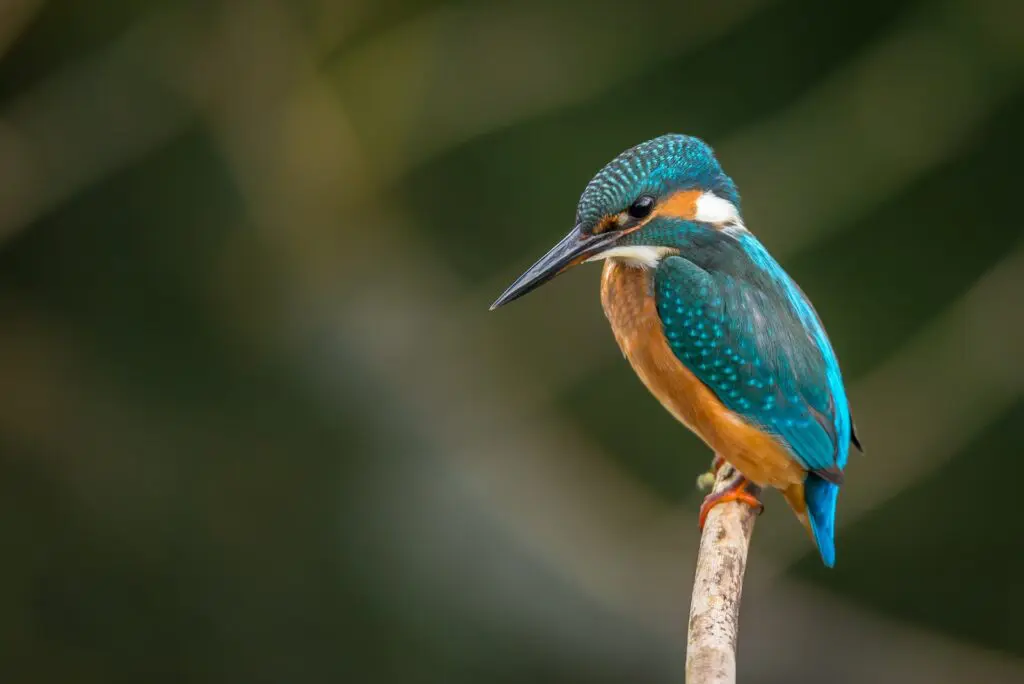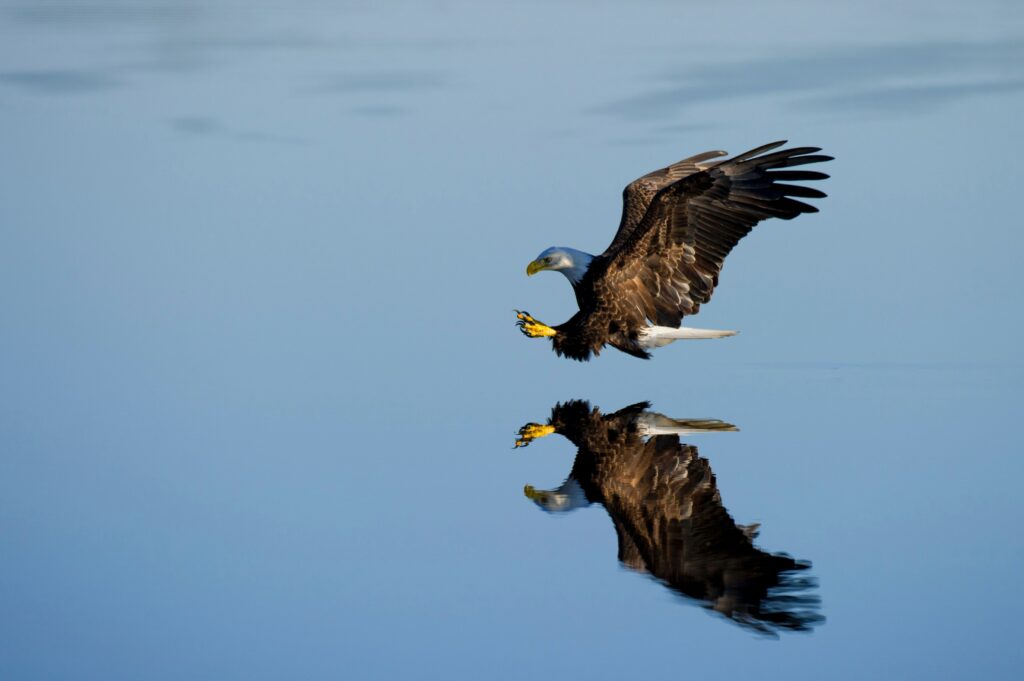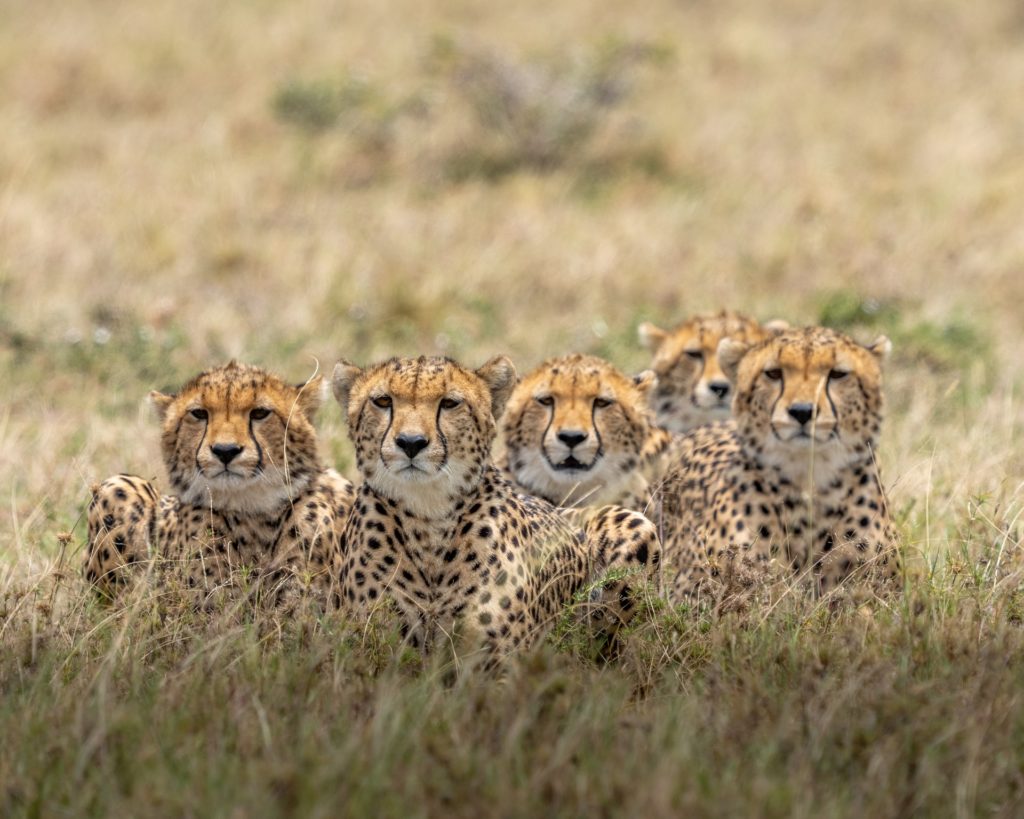Spring has sprung bringing green grasses, rain showers, perennial flowers, beautiful bees and butterflies. Butterflies brighten our day and our photographs with delicate wings, features and colors that range from soft to vibrant. Similar to other insects but with a bit larger size, getting photographs takes practice and a lot of patience.
The following tips help photographers capture butterfly images that pop off the screen or add a ‘oh how pretty' element to a photograph. These include 1) Timing, 2) Lenses, 3) Depth of Field and 4) Locations/where to go.
1. Time of day:
Butterflies, bees and insects move a bit slower in the morning when it is cooler and the world is waking up. Being out there after sunrise till mid day will provide a good working time frame. The brighter the lighting too (without blowing out the highlights) will help get a faster shutter speed which is needed as the move about the flower they are drawing nectar from.
2. Lenses and working distance:
Macro lenses are a great choice when wanting to emphasize their details. My recommendation is a minimum focal length of 105mm. I have seen some wonderful images at shorter focal lengths as in the butterfly below taken with a 60mm. The longer the better because when you get close, they are apt to quickly fly to a neighboring flower as they are easily spooked.
Don't have a macro lens? Don't let that slow you down. A telephoto lens combined with shallow depth of field (low f/stop number) produces images that still show details and a nice bokeh background. The butterfly below was taken using a 70-200 2.8 lens with a 1.4 teleconverter with settings of f/5, ISO 250 at 1/1250 sec.
3. Depth of field:
Working with depth of field is subjective. When using macro lenses as an example, a too shallow depth of field may only render the head and part of the body, wing in focus with other aspects being soft as in the image below. 105mm with an f/stop of f/8.
Additionally, a photograph with the wings closed and facing the camera will have the wing in focus, part of the flower, with the background being softer.
Some butterflies need more of their details in focus. A monarch as an example has sharp clean black lines, using a smaller depth of field takes advantage of the bigger, stronger details.
4. Scenery/where to go:
While I'm stating the obvious with gardens, there are plants that are magnets for butterflies. If you're a gardener, you've probably already planted your own butterfly garden. Local nature preserves, parks, wildflower centers that are committed to planting true, local native plants will be more apt to have frequent and consistent butterfly visitors. There are many invasive plants taking over and harming fields of native plants. Being an educated butterfly photographer can also help your local communities in protecting and preserving local planting areas.
Your local zoo or butterfly sanctuary may have a butterfly house. Check their website to ensure that they allow photographers (no flash or speed light!) and know their guidelines. The butterflies may be from many areas around the world. Watch your step as they light on the ground and areas you may walk on.
Lighting
Bokeh is another creative element that makes a butterfly pop in the image. Work with backlighting and side lighting to add that little extra dimension.
Butterflies bring color and life to photographs. Don't forget that before they're butterflies, they were caterpillars. Be sure to look for those too as they definitely move slower and make interesting subjects too.
